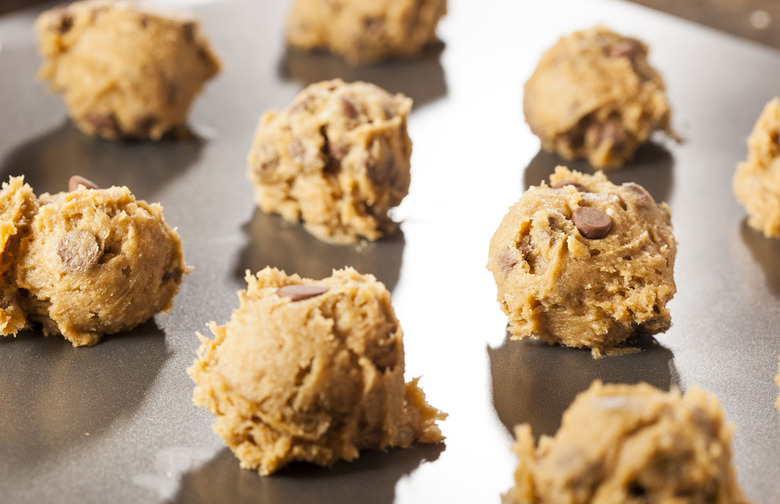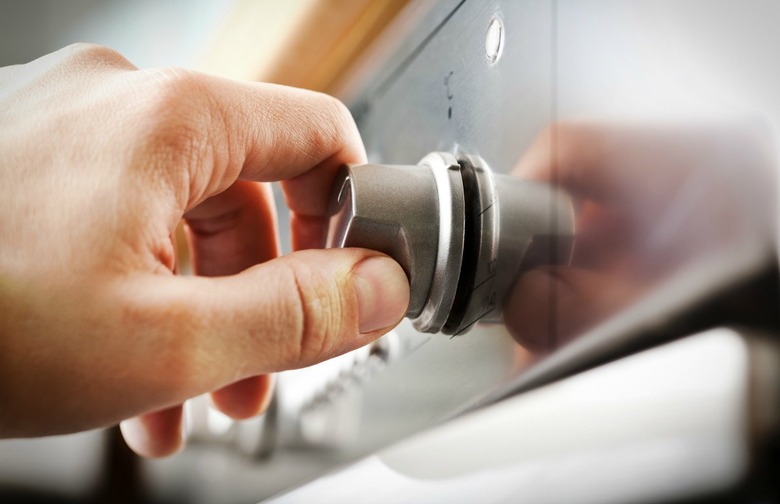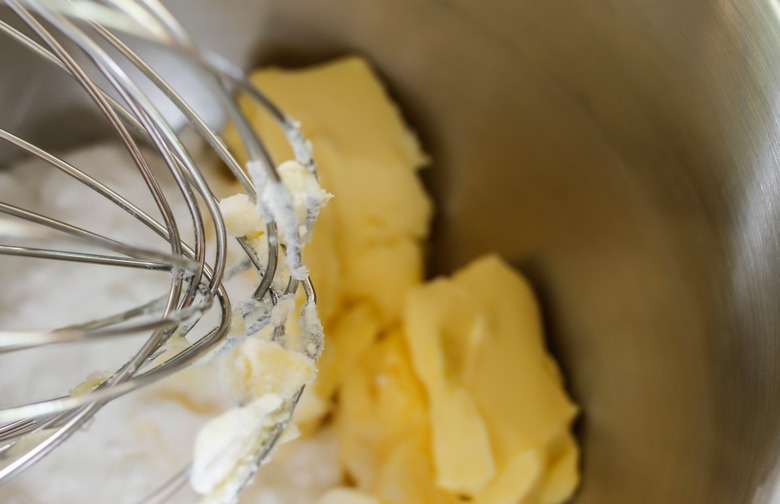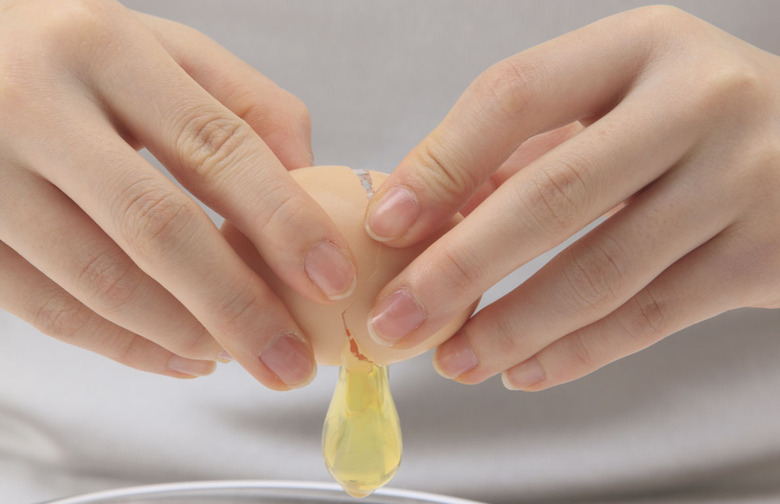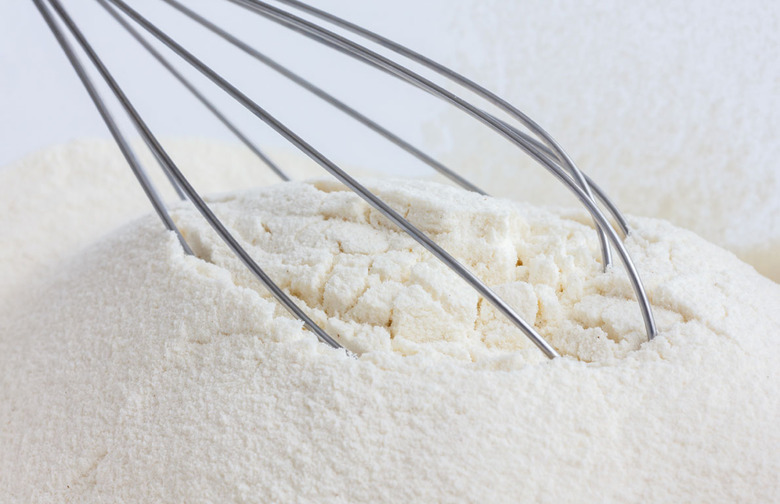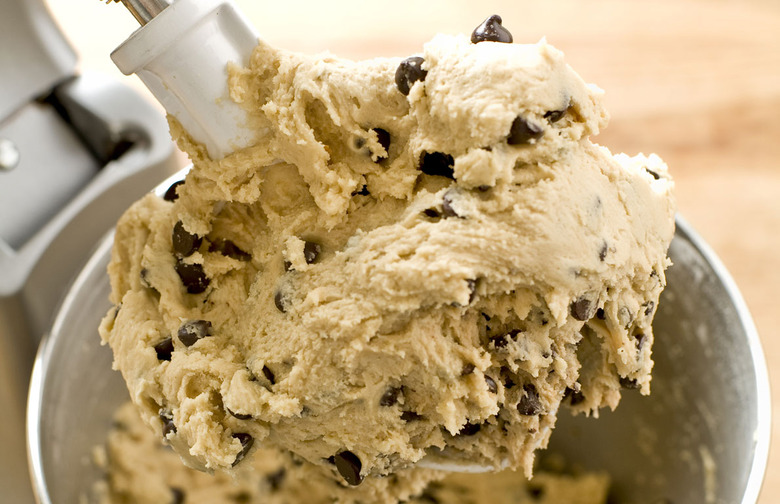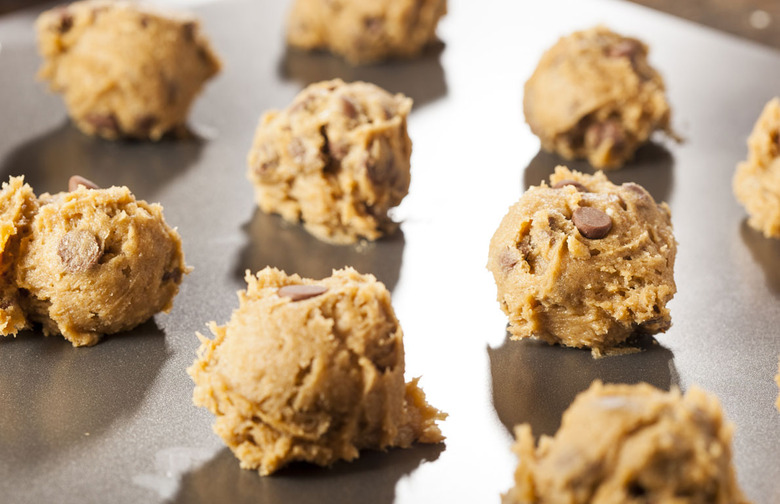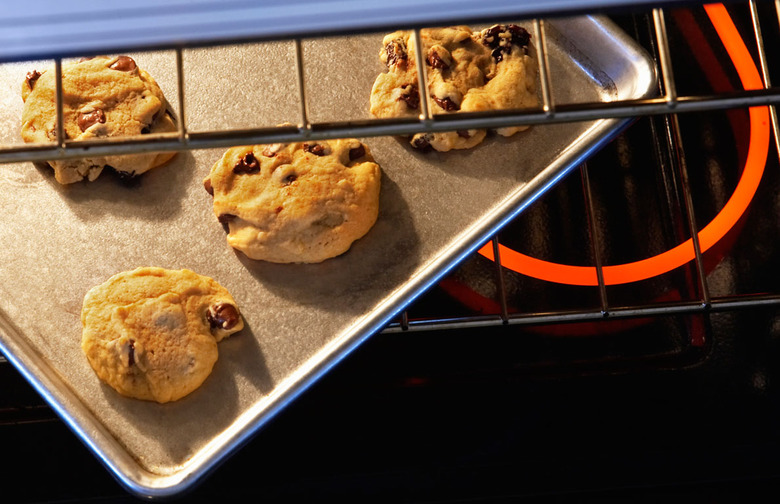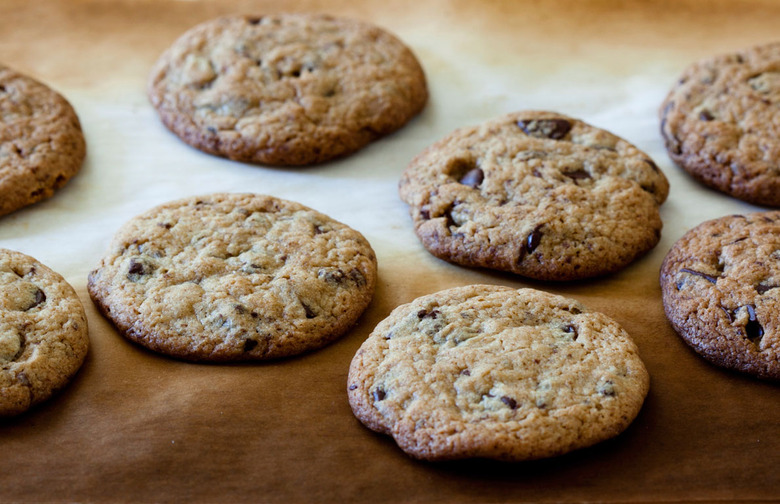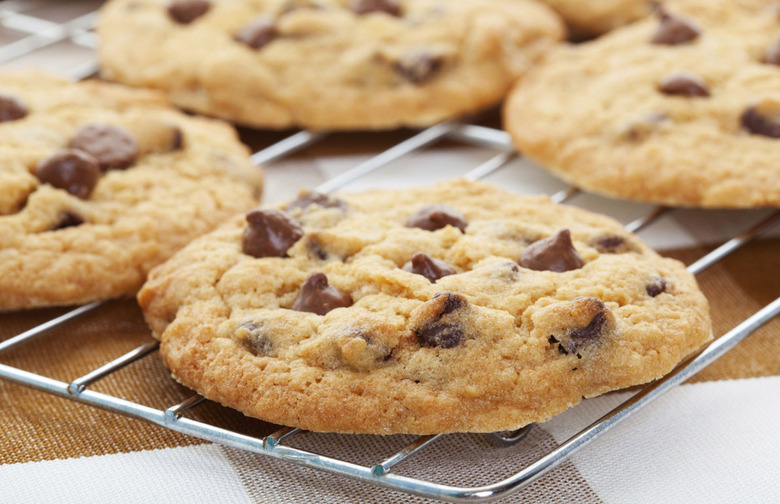How To Make Perfect Chocolate Chip Cookies Every Time
Learn how to make perfect chocolate chip cookies every time with these easy, science-based tips.
Preheat Your Oven
Make sure your oven is fully preheated before you start baking your cookies. If you put the cookies in before your oven reaches full temperature, they'll take longer to bake. This gives the butter in the cookie dough more time to melt and spread out, and you could end up with thin, flat cookies. If you're not sure whether your oven is ready, invest in a small oven-safe thermometer that you can keep in the oven to confirm that it's reached the correct temperature (don't trust the "preheated" signal on the oven itself; they are notoriously inaccurate).
Cream the Butter and Sugar
Most chocolate chip cookie recipes tell you to cream the butter and sugar. When you mix the two in an electric mixer you're actually adding air to the cookie dough, which can help your cookies bake up lighter and fluffier. Avoid too-dense cookies by making sure that you don't skimp on time when it comes to the creaming process: keep beating the butter and sugar in your mixer until the mixture lightens in color.
Add the Eggs One at a Time
Each time you add an egg to your butter and sugar mixture, mix it well, making sure that it's fully incorporated before adding the next. (If the cookie dough looks curdled after you add an egg, keep mixing — it's not homogenous yet.) Taking the extra time to do this will help ensure a consistent texture throughout the cookie. Make this step even easier by using room-temperature eggs.
Whisk Your Dry Ingredients Well
Most chocolate chip cookie recipes instruct you to mix your dry ingredients (like flour, salt, baking powder, and baking soda) before adding them to your mixture of butter, sugar, and eggs. Make sure you've whisked these ingredients together well; baking powder and baking soda help leaven the chocolate chip cookies, and your cookies will rise more evenly if these ingredients are well-distributed. Also, whisking helps break up clumps in the flour that can create dry pockets within the cookie.
Don’t Over-Mix the Dough
After you add your dry ingredients to the wet ones, stop mixing your cookie dough as soon as it starts to come together. Mixing your cookie dough too long can develop excess gluten and make your cookies tough.
Use a Scoop
If you have a small ice cream scoop, use it to portion out your cookie dough. Equally sized cookies will bake more evenly. If you have a mix of sizes on your tray, the smaller cookies can burn while you wait for the larger cookies to finish baking.
Rotate the Baking Sheet
Most ovens don't distribute heat evenly, so be sure to rotate your baking sheets halfway once during the baking process. You should take the cookie sheet that's on the bottom rack of your oven, give it a 180-degree turn, and place it on the top rack. Similarly, take the baking sheet from the top rack, give it a 180-degree turn as well, and place it on the bottom rack. This will help your cookies bake evenly.
Don’t Over-Bake the Cookies
Most recipes will tell you what the cookies should look like when you remove them from the oven, so make sure you always read your recipe in full and check the cookies after the minimum suggested bake time. If you're still unsure, look for a light golden-brown color around the edges of your chocolate chip cookie; if the edges start to brown too much, the cookies will be dry and over-baked throughout.
Cool the Cookies Properly
We know, we know, it's tempting to grab a freshly baked chocolate chip cookie straight from the baking sheet, but you should wait two full minutes before moving the cookies. A few extra minutes on the baking sheet helps ensure that the centers are cooked through and gives the cookie time to firm up a bit before you attempt to move it. After two minutes, move the cookies to a wire rack to continue cooling.
